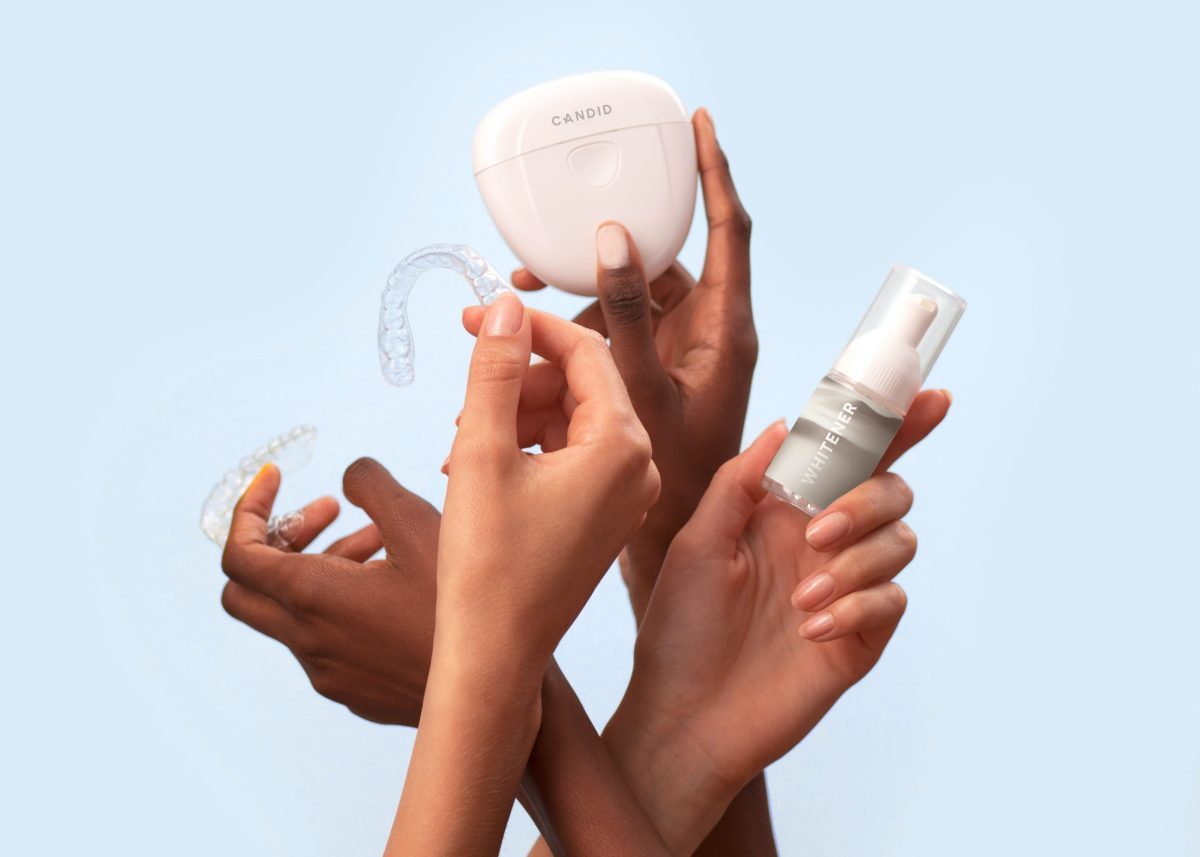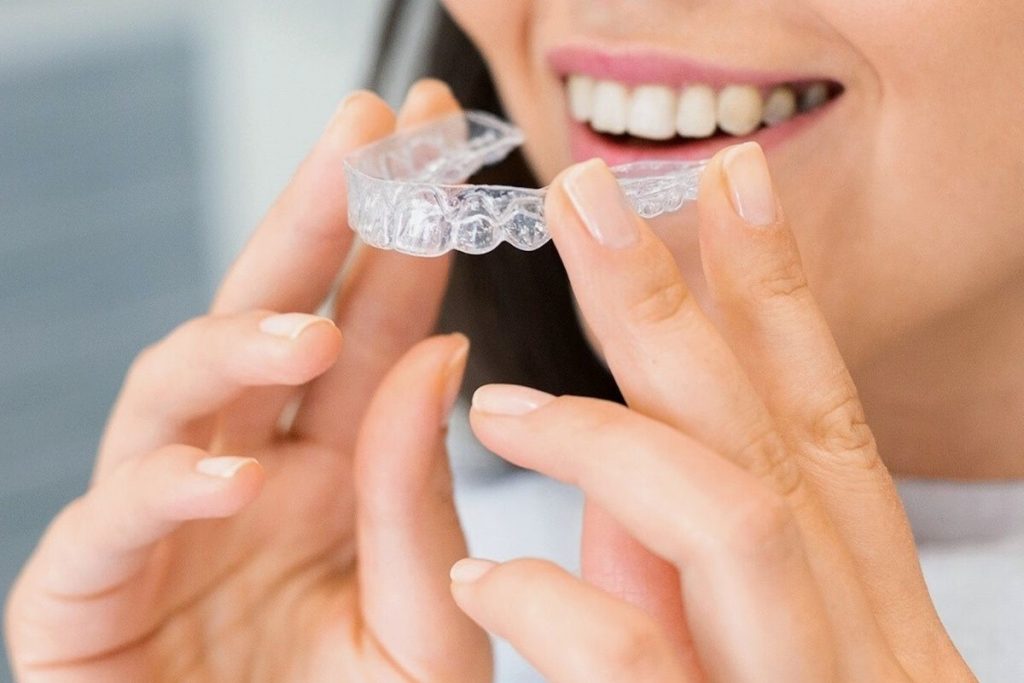Have you been told you might need Invisalign attachments? Or maybe you’re thinking about getting Invisalign Weybridge and the word attachments keeps coming up? In this article we’re going to cover exactly what these attachments or buttons are and how they work. Attachments can be used for lots of reasons during your Invisalign journey, but mainly they’re there for your trays to get a better grip of your teeth.
What is Invisalign?
Just to make sure we’re all starting out on the same page we’re going to take a really quick look at what exactly Invisalign is and how the system works.
Invisalign is the brand name for very popular world-leading clear tray aligners. They are made from plastic and moulded specially to fit each individual. As a patient moves through their Invisalign journey they will change to new trays every two weeks, with every new set of trays comes a new orthodontic shift and over the course of the treatment these small fortnightly shifts will accumulate into the desired look.
What do Invisalign attachments do?
Invisalign attachments make it easier for the orthodontist to move your teeth using Invisalign. The buttons or attachments act like little anchors for the trays, acting as grips which will have a matching bump on the tray, very much like how velcro works. The attachments come in different shapes depending on the individual’s need so could be square, rectangular or circular.
Attachments can be noticeable and obviously become more noticeable the further forward they are placed. They are, however, made from a tooth colour material and so should blend in with the natural look of the teeth.
Why would someone need the added attachments?
In lots of cases people won’t actually need these added attachments, but your dentist will be able to advise whether or not they think it would be beneficial to your case. The attachments are generally used when the orthodontic issues that need addressing are slightly more complex and just need that added bit of support.
Caring for Invisalign attachments

You don’t need to do anything special when taking care of your attachments, you just need to keep on top of your oral hygiene as you would if they weren’t there. The attachments can create more places for bacteria and food to get trapped so it’s worth keeping this in mind, and so spend more time cleaning around them. Keeping on top of flossing is always a good idea.
You should be able to brush your teeth as normal, as long as you aren’t doing any ruthless scrubbing you should be fine and if you notice that they are becoming loose or even falling off you should be getting in contact with your dentist asap.
One thing you might well want to keep in mind is that your attachments will make putting your aligners in and out ever so slightly more tricky and with that in mind you might want to give yourself a little extra time and maybe a mirror when doing this.

